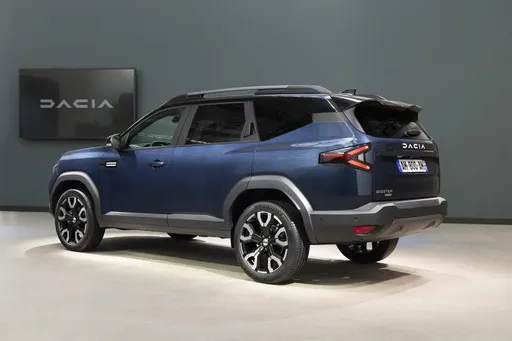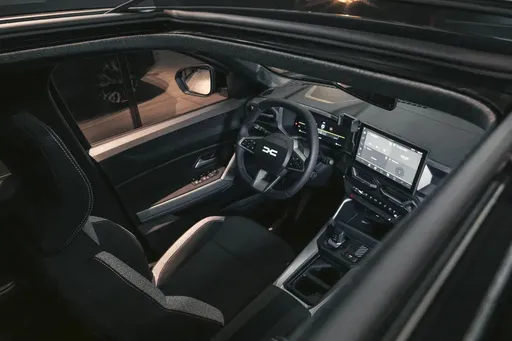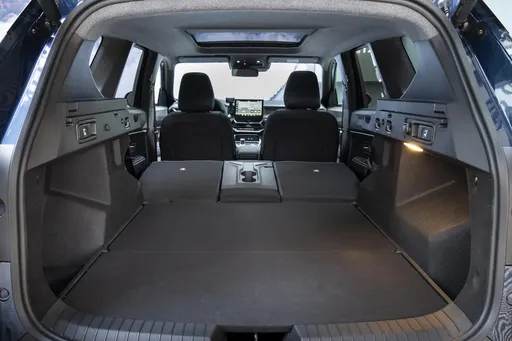The Battle of Practicality: SsangYong Torres vs. Dacia Bigster
In the ever-evolving world of SUVs, the choice often narrows down to practicality, performance, and innovation. Here, we pit the SsangYong Torres against the Dacia Bigster, both vying for attention in the bustling SUV market. These contenders bring unique specifications and strengths to the table, making for an intriguing comparison. Let's dive into the essence of these formidable SUVs.





